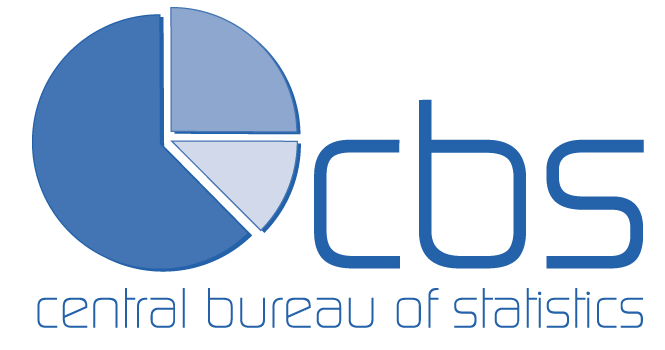

Mapping Census 2020: Social-Demographic Diversity in Aruba
Census 2020
Preface
The Social Atlas of Aruba is part of a series of publications based on the Sixth Population and Housing Census of Aruba, which was held on October 1 st , 2020. It provides a visual insight into the regional distribution of social-, economic-, and demographic indicators for Aruba. For the first time the Social Atlas is available in digital format only. The data is presented as story maps, allowing the user to choose which map to visit from the list of maps provided in the index. A short description is attached to each map, containing a short text and tables and graphs. These tables and graphs can be downloaded as well. The data is presented at the level of regions and/or zones in Aruba. For the purpose of comparison, the data is provided for the years 2010 and 2020. The atlas is a joint operation of a small team of staff members working at the Central Bureau of Statistics of Aruba. The activities were coordinated by Drs. M.R. Vigelandzoon as were the drawing up of the tables and graphs. Mr. Randy van der Biezen was entrusted with producing the maps using the 'ArcGIS’ and Damara Rasmijn provided the photographs that were used.
We hope that this publication will help regional planners with their work and that it will provide the public with a better understanding of the regional developments in Aruba.
Introduction
The Social Atlas 2020, Social-Demographic Diversity in Aruba (Census Special Report) presents a synthesis of the basic patterns and changes in the distribution and composition of the population of Aruba in the last decade, presented in story maps. Each map and each table feature zone- and region level details for each of the 55 zones and 8 regions of Aruba. Choosing a zone or region will result in a pop-up window holding the corresponding data of the respective zone or region. Aruba is a small island with a total surface of 180 km 2 with a population of 108,166 persons on October 1 st , 2020 (Census moment). This atlas shows the regional distribution of social-, demographic-, and economic indicators of the population of Aruba. The maps show that, despite the relatively small size of Aruba, there are regional differences where the characteristics of the population of Aruba are concerned. For effective regional planning it is important to be able to pinpoint those regions with particular social- and economic characteristics, such that adequate actions can be taken.
Population Maps:
Total Population of Aruba
Total Housing units/Households
P.A. General characteristics of the population:
P-A.1. Population density: number of persons per km²
P-A.2. Sex ratios
P-A.3. Median age
P-A.4. Dependency ratios
P-A.5. Percentage of the population 65 years and older
P-A.6. Percentage of the population 14 years and younger
The total population of Aruba
The total population of Aruba in 2020 equaled 108,166 persons
Total housing units
Total housing units/households for Aruba in 2020 equaled 38,830
Population density
The population density for Aruba in 2020 was 605
Sex ratio
The sex ratio for Aruba in 2020 equaled 89.3
Median age
The median age for Aruba in 2020 was 42 years
Dependency ratio
The dependency ratio for Aruba in 2020 was 49.5
Population 65 years and older
16% of the population of Aruba was 65 years and older in 2020
Population 14 and younger
17.1% of the population of Aruba was 14 years and younger